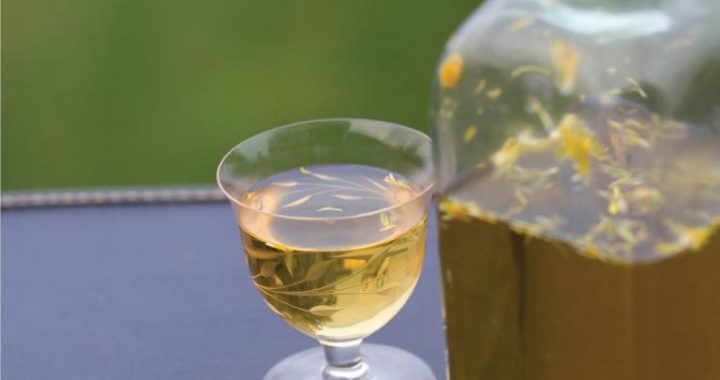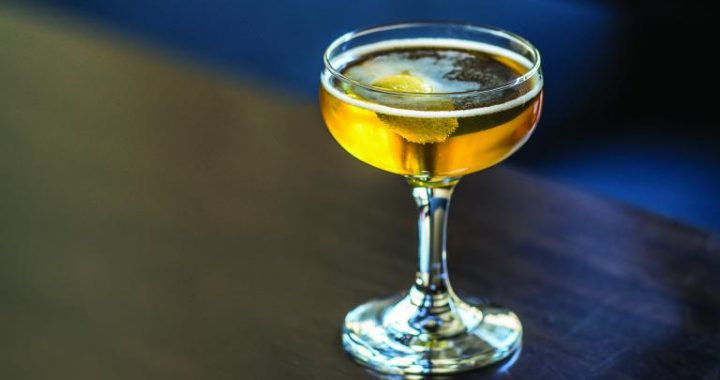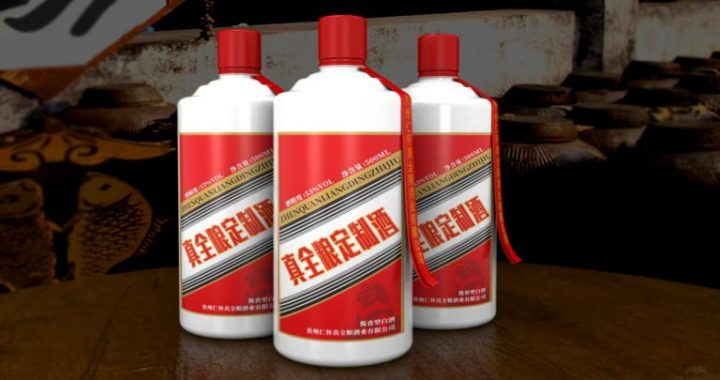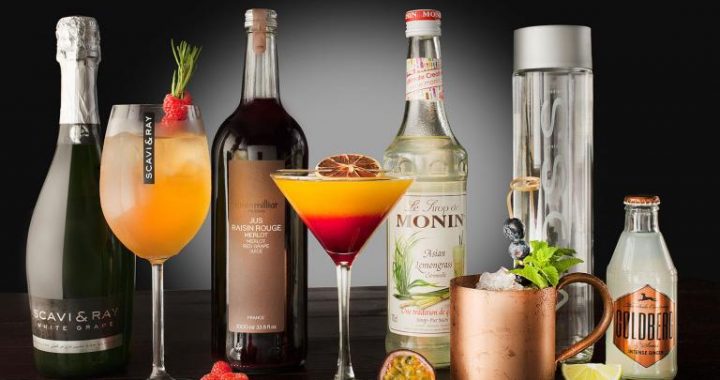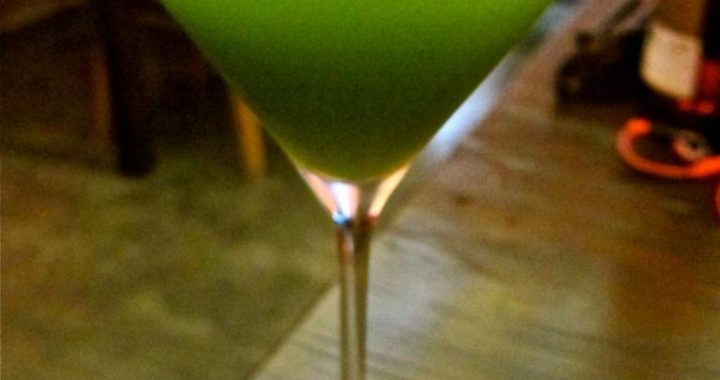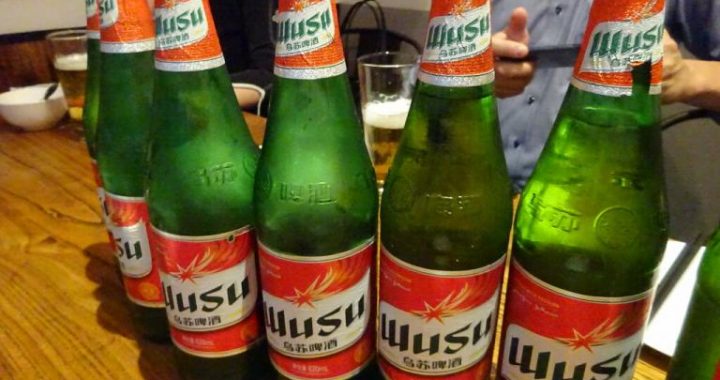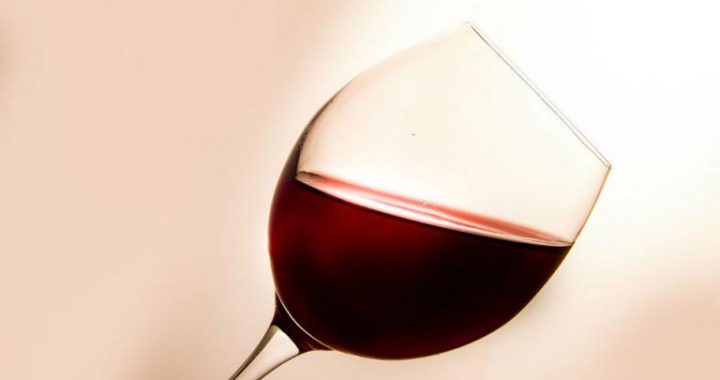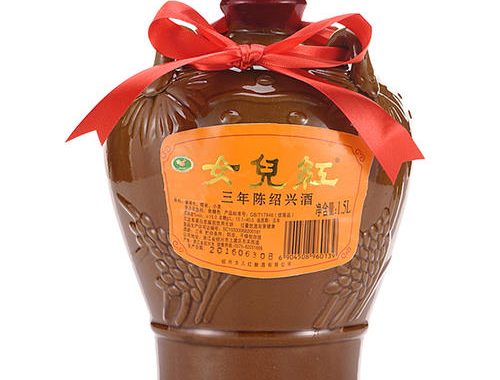Wine Cultures of Ethnic Groups
3 min readChinese ethnic groups, except Muslims who do not drink, mostly love wine and are good at producing it. They believe that it is inhospitable not to serve some. Different ethnicities have different kinds of wine and drinking customs.

The Mongolians traditionally make wine with horse milk. The wine season lasts from mid-summer until early autumn every year, when a lovely fragrance fills every tent, and celebratory songs and dances are performed at every family gathering or holiday banquet. The Mongolians regard wine as the essence of food. When they propose a toast, they usually invite the guest to drink three cups of wine with them in one go. Nothing pleases the host more than having an inebriated guest. Without great tolerance for liquor, do not enter a drinking contest with the Mongolians.
Tibetan wine is brewed from highland barley. The strongest can be of over 60 percent vol. In a Tibetan home,a guest should finish a cup of wine in three mouthfuls: first, the guest has a sip, and the host fills the cup; then the guest has another sip before the host fills the cup again; finally the guest tosses the cup. If the guest is not good at drinking liquor, he should dip the third finger of his right hand into the wine and tap it away into the air,a gesture of respect to the heavens, the earth, gods, familiesand friends, and the host will take this cue to not insist anymore.
The Yi people living in Sichuan produce wine from bitter buckwheat, corn and potatoes. When it is served, the first cup is offered to the gods and the second to the elders before everyone shares the rest. The “guest wine”of the Naxi people is made from grain sorghum, barley and wheat. As its name suggests, it is served to the guest, but also kept for a newborn baby girl, like “Nii’ erhong.”
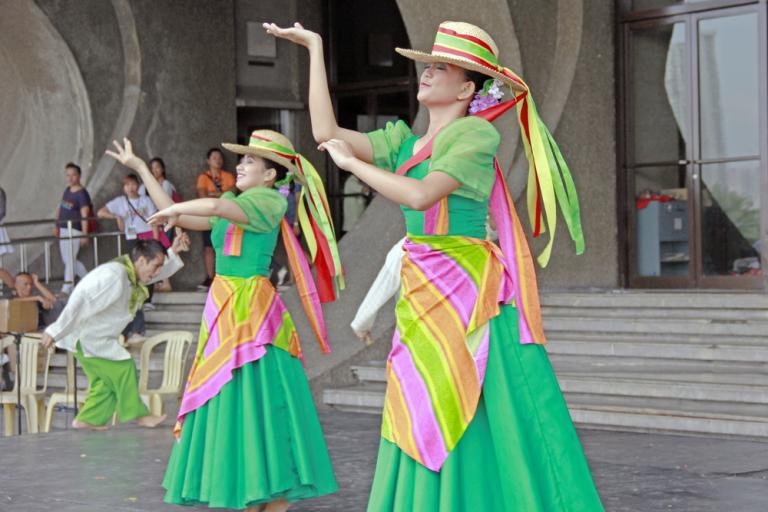
The Dulong people mix rice, wheat or grain sorghum with herb wine and place it in bamboo tubes. Everyone ensable on can drink from the tube when it is ripe. The Shui people put pig bile into rice wine and serve it to guests, mean-ing that they share good fortune and bad times. The Tujia people have “sweet wine tea,”which is actually a wine made from glutinous rice or grain sorghum, and mix it with honey and spring water. The Korean people make the “yearly wine”with rice as a basic material, and also with balloon flower, fangfeng, prickly ash, cinnamon andother Chinese herbs. The drink is served during SpringFestival to pray for longevity and ward away evil. The Hani people steep popcorn made from newly harvested corn into their wine to make “new corn wine,”as a celebration for a bumper crop.
Different ethnic groups have different wine cultures.
The Miao people have “on-the-way wine,”which is served to guests on their way to the host’s place. The Lisu people sprinkle wine onto the ground, showing respect to their ancestors, and then take one sip themselves as a gesture of goodwill before offering it to guests. The Zhuangpeople offer guests wine in a spoon instead of a cup. TheWa people give a section of bamboo with wine to a guest, who then returns it to the host, who sips it before the guest finishes it. The Yi people are the most wonderful: everyone sits on the ground-guests as well as hosts-asa cup of wine passes from one to another, as though everyone is family.

